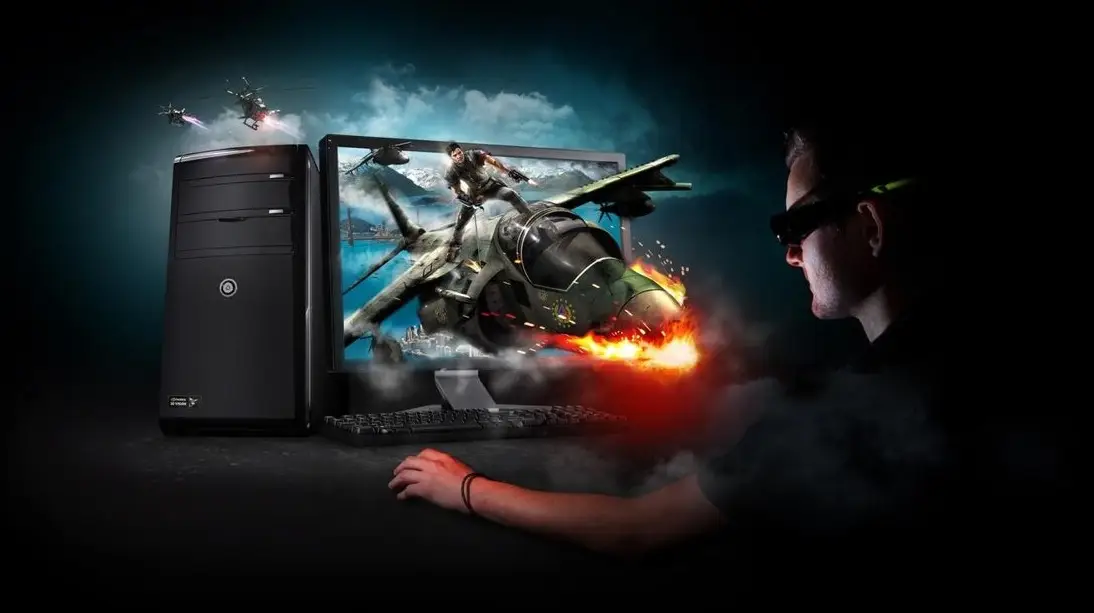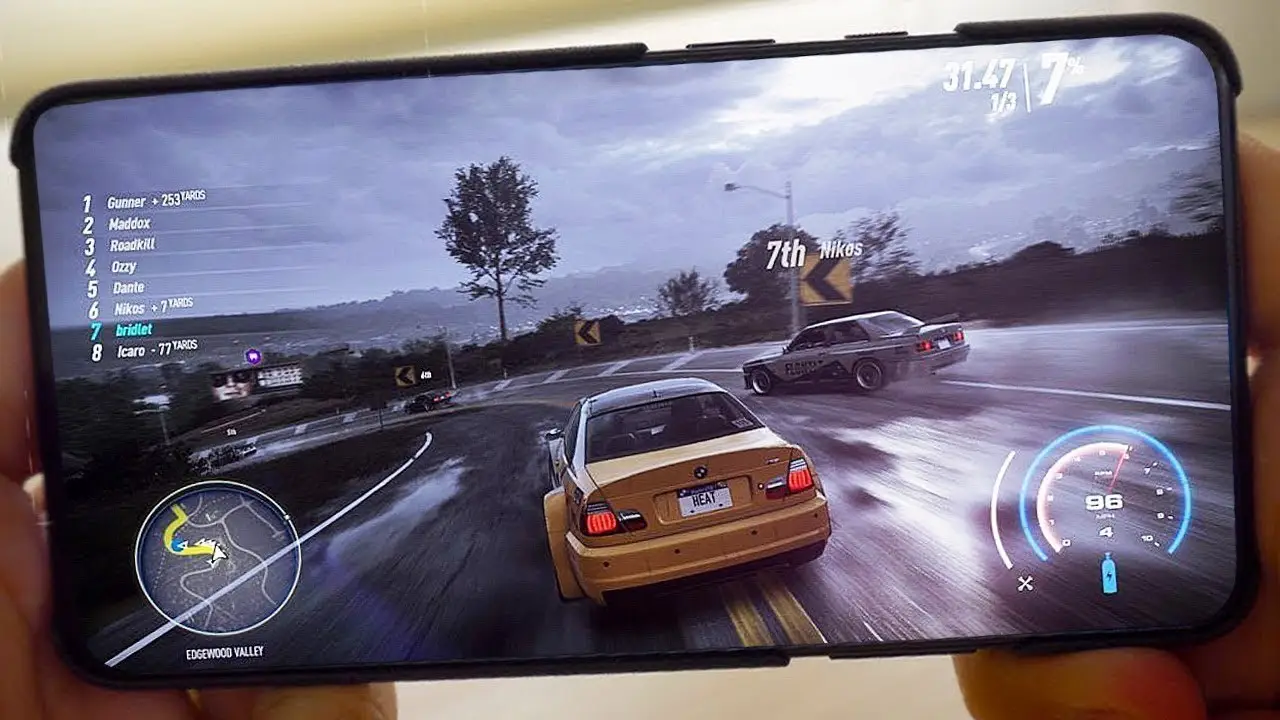How video games affect the brain is not just a trend, but a topic of neurophysiology. The screen has become an arena for stimulating areas that were previously only activated in real conditions. Each level, timing, challenge is an impulse that the brain encodes for growth. Repeated tasks associated with motivation reinforce new neural circuits. It’s not about escapism, but about training cognitive modules in the format of voluntary tension.
How video games affect the brain: memory in action
Memory formation is a mechanics of repetitions, but context is also important. How video games affect the brain in terms of memorization is demonstrated by tactics: gathering resources, recalling routes, tracking the consequences of decisions. If the cat scene doesn’t trigger, there’s no stimulus. Game design involves associative and working memory simultaneously.

The complexity of a level provokes “neuronal sweating”: the hippocampus holds the map, object, task. And if you add a timer or risk, memorization becomes long-lasting. Game memory is stronger than everyday memory because it involves emotion. This forms “hot memories” — similarly to how the brain consolidates trauma, but with a positive load.
Focus and filtration: attention as a resource
How video games affect the brain in terms of attention is shown through scenarios with multitasking. The game’s HUD allocates focus: lives, stamina bar, radar, enemy animations. Simultaneously, the brain filters the background, predicts threats, and evaluates the nearest target.
Selective attention develops — a key to managing overload in real life. The prefrontal cortex adapts to constant context shifts. It’s responsible for controlling distracting factors. As a result, behavior improves in complex situations — from exams to multitasking workdays.
Navigation in volume: internal map and biomechanics of direction
Transitioning from flat surfaces to full-scale worlds has opened up a new field for the brain — cognitive mapping. How video games affect the brain in terms of spatial thinking is best revealed through dynamic movement in a 3D environment. It’s not just about “remembering the way,” but about mentally mapping the world, relying on depth, proportions, and variables — distance, speed, angle, obstacle.
Spatial navigation activates the posterior parietal cortex and hippocampus. These areas are responsible for body orientation in space, scaling perception, and movement prediction. The player uses them like a sailor uses a compass and map. At the neurophysiological level, a temporary “internal GPS” is created — the brain notes angles, bends, routes, and the point of return. Each new passage strengthens the map. The result — spatial memory works like a muscle: stronger with each challenge.
The influence is particularly pronounced in games where movement occurs in multiple directions simultaneously. For example: flight simulators, parkour arcades, aviation tactical strategies. Here, the brain is forced to constantly reassess coordinates, adjust movement vectors, and consider speed. It’s a simulator for an architect, pilot, and choreographer all at once.
Reaction — an intellectual surge in real-time mode
Reaction is not automatic. It’s cognitive audacity in a fraction of a second. How video games affect the brain in the realm of lightning-fast decision-making is demonstrated by action genres, rhythm arcades, and anything where recognizing a threat, choosing a path, and reacting precisely are required in an instant.
The mechanics are simple but deep. First, the senses pick up the stimulus (sound, movement, animation). Then the brain engages the frontal lobes, quickly calculates possible actions, and triggers a motor response. The entire chain lasts no more than 300 milliseconds. But the more experienced the player, the shorter the interval.
The impact is especially noticeable in people over 30. After this age, synaptic conductivity slows down. But games stimulate it like an accelerator. Gradually, through the routine of “stimulus-response,” the brain restructures. A secondary reflex effect emerges: the impulse is faster, and the action is more precise.
Example: in shooters, a player notices the slightest movement, interprets it as a threat, and reacts — before the sound reaches consciousness. This speed is comparable to an athlete’s reaction. And yet — in a digital environment, without physical risk, but with real improvement in motor decision-making tasks.
How video games affect the brain in this area:
- enhance neural conductivity;
- activate the motor preparation zone;
- form micro-reactions at the level of muscle memory;
- improve control under time pressure.
Emotions and cognitive compass: simulation of choice and maturity
How video games affect the brain in the realm of emotions is no less important than cognitive load. Especially in genres where moral responsibility falls on the player: reputation-based RPGs, relationship simulators, interactive dramas. Here, every action has consequences. And the brain is responsible not for shooting accuracy, but for decision accuracy.
The mechanism of projection kicks in. The brain doesn’t differentiate between “game” and “real” in the context of emotions. The decision made affects the amygdala (emotion processing center), frontal lobes (consequence prediction), and ventromedial area (moral evaluation). Together, a simulation of a real situation is created. It’s a simulator of compassion, control, and empathy.
A player who regularly faces the need to make ethical decisions develops an evaluation scenario. And in life — reacts more restrained, rational, and measured. This works especially well for teenagers. The virtual environment becomes a place for trial choices — without catastrophic consequences, but with real emotional conclusions. The reward system replaces hormonal impulsiveness. Instead of “act fast,” the brain shifts to “assess — and decide.” This is maturity.
How different genres of video games affect the brain
Impact map by categories:
-
Shooters: reaction training, motor skills, sensorimotor coordination.
-
Platformers: development of precision, memory, prediction.
-
RPGs: strengthening logic, emotions, decision-making.
-
Strategies: enhancing planning, causal relationships.
-
Simulators: shaping systemic thinking, technicality.
-
VR games: developing sensory integration, spatial orientation.
Elderly People and Neuroplasticity: Brain’s Second Wind
After 60 years, the central organ loses flexibility, but not the ability to learn. How video games affect the brain of elderly individuals is demonstrated by an increase in cognitive index with daily gaming practice. Simple simulators and puzzles trigger neurogenesis. Improvement in short-term memory, mood stabilization, activation of areas affected by dementia are observed. Games become a substitute for crosswords and chess, but with a richer sensory delivery. Stimulation is gentle but systematic.

Risks and Overloads: Where the Benefit Boundary Lies
The positive influence of video games on the brain gives way to negativity when the balance is disrupted. Excessive screen activity disrupts the pairing of dopamine and serotonin. The “burnout” effect arises — decreased motivation, anxiety, apathy. Children under 8 years old are most vulnerable. How video games affect the brain at a young age depends on environmental control. Without filters, dependence intensifies. The brain gets used to instant gratification, losing the skill of delayed results. A pattern of fragmented attention and psychoemotional backlash is formed.
How Video Games Affect the Brain: Conclusion
With a conscious approach — choosing suitable games and moderate time spent on them — the screen becomes a powerful tool for training. Memory, reaction, attention, emotional intelligence, and spatial thinking — all these abilities can actively develop. The key to a positive effect is a clear balance. Games themselves do not harm the brain; their impact depends on how we use them and reflects our own pace of development.
 en
en  ru
ru  de
de  ar
ar  es
es  nl
nl  hi
hi  fr
fr  it
it  pt
pt  el
el 










